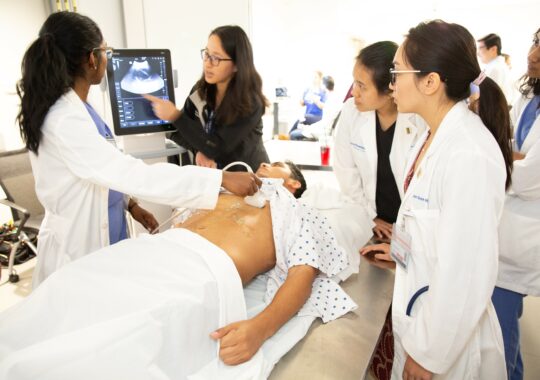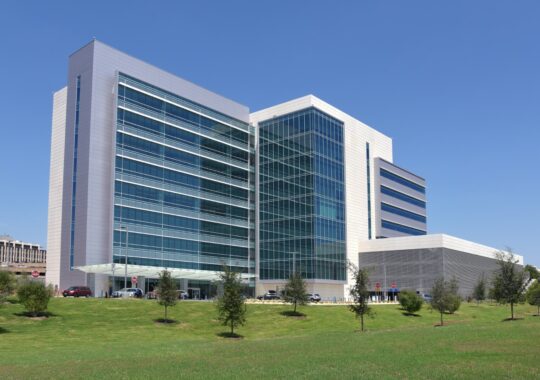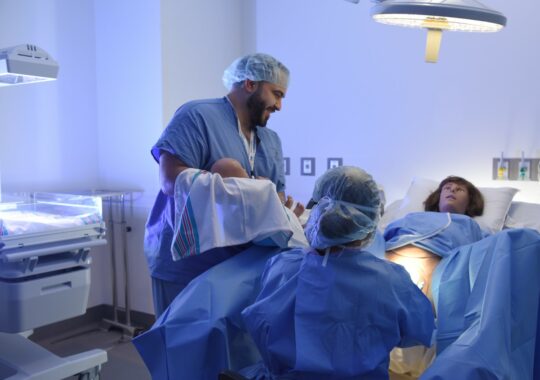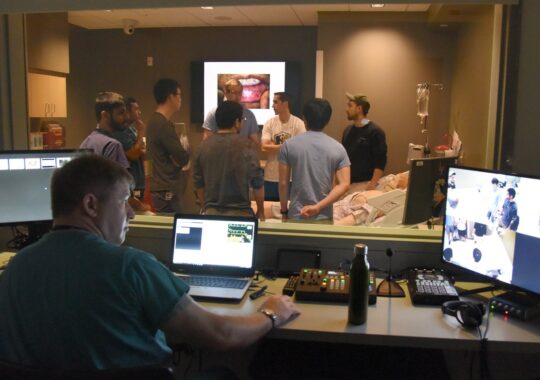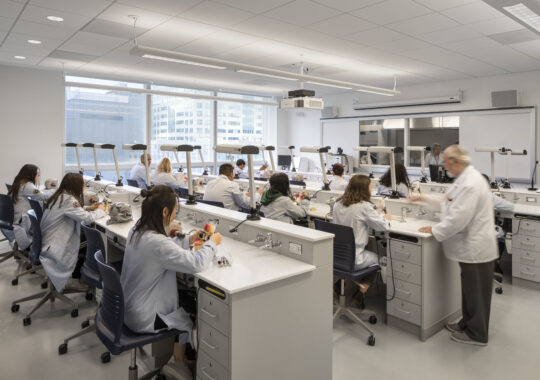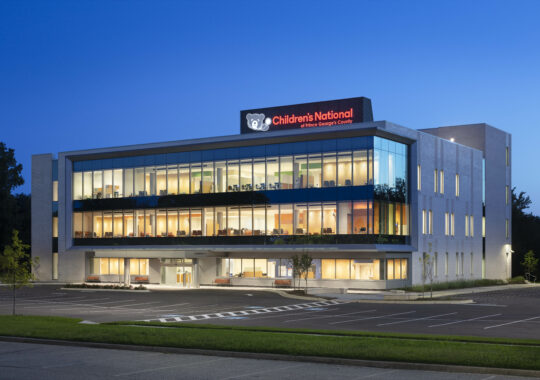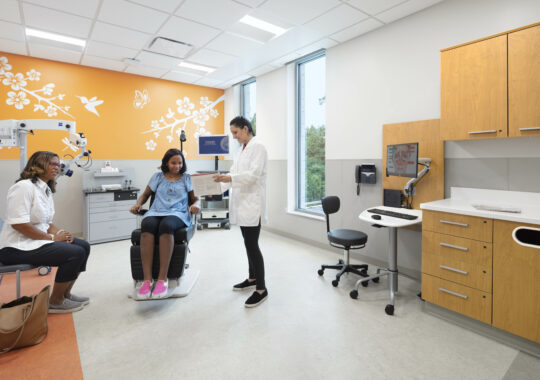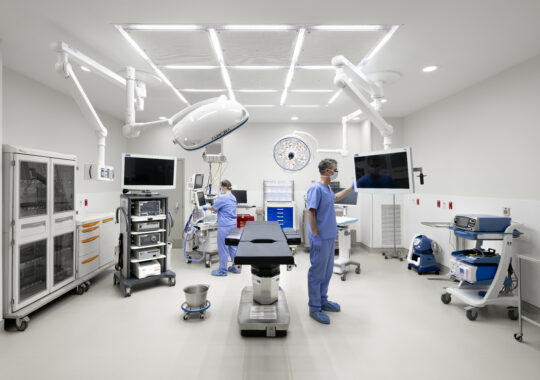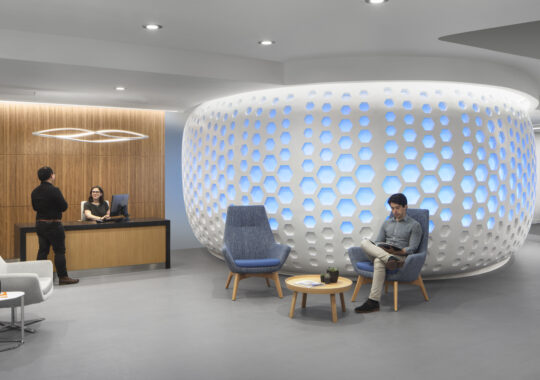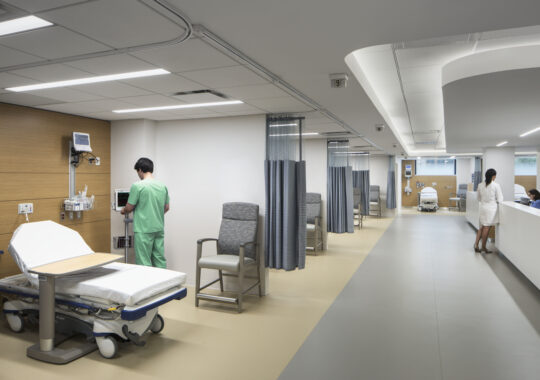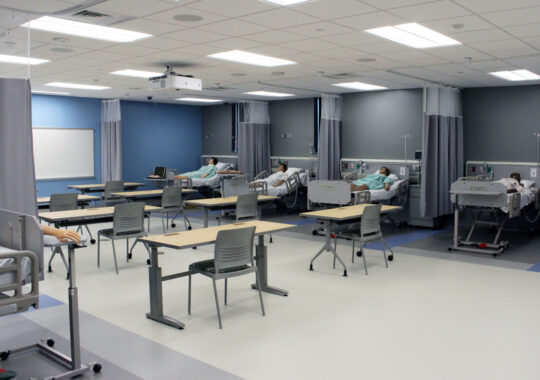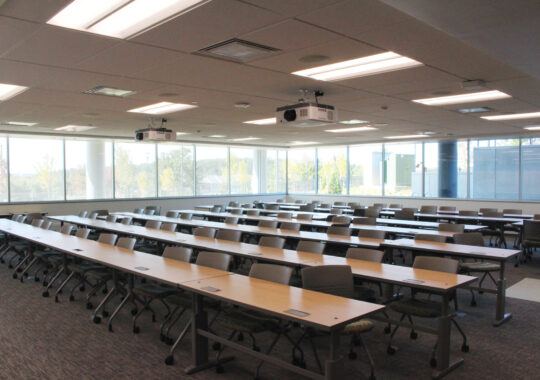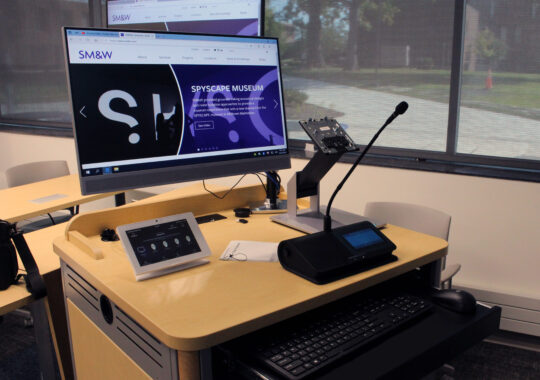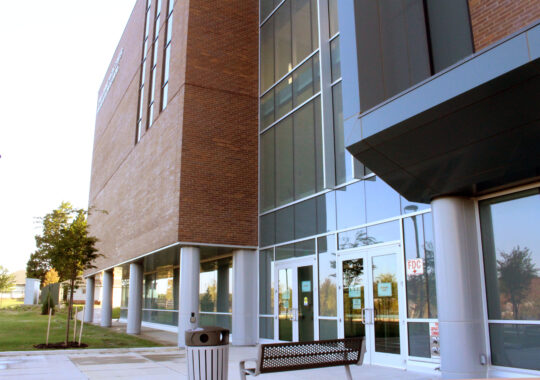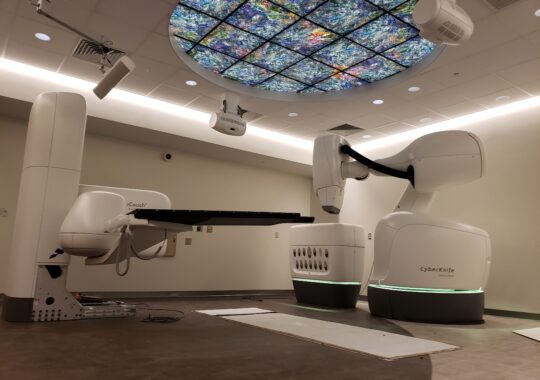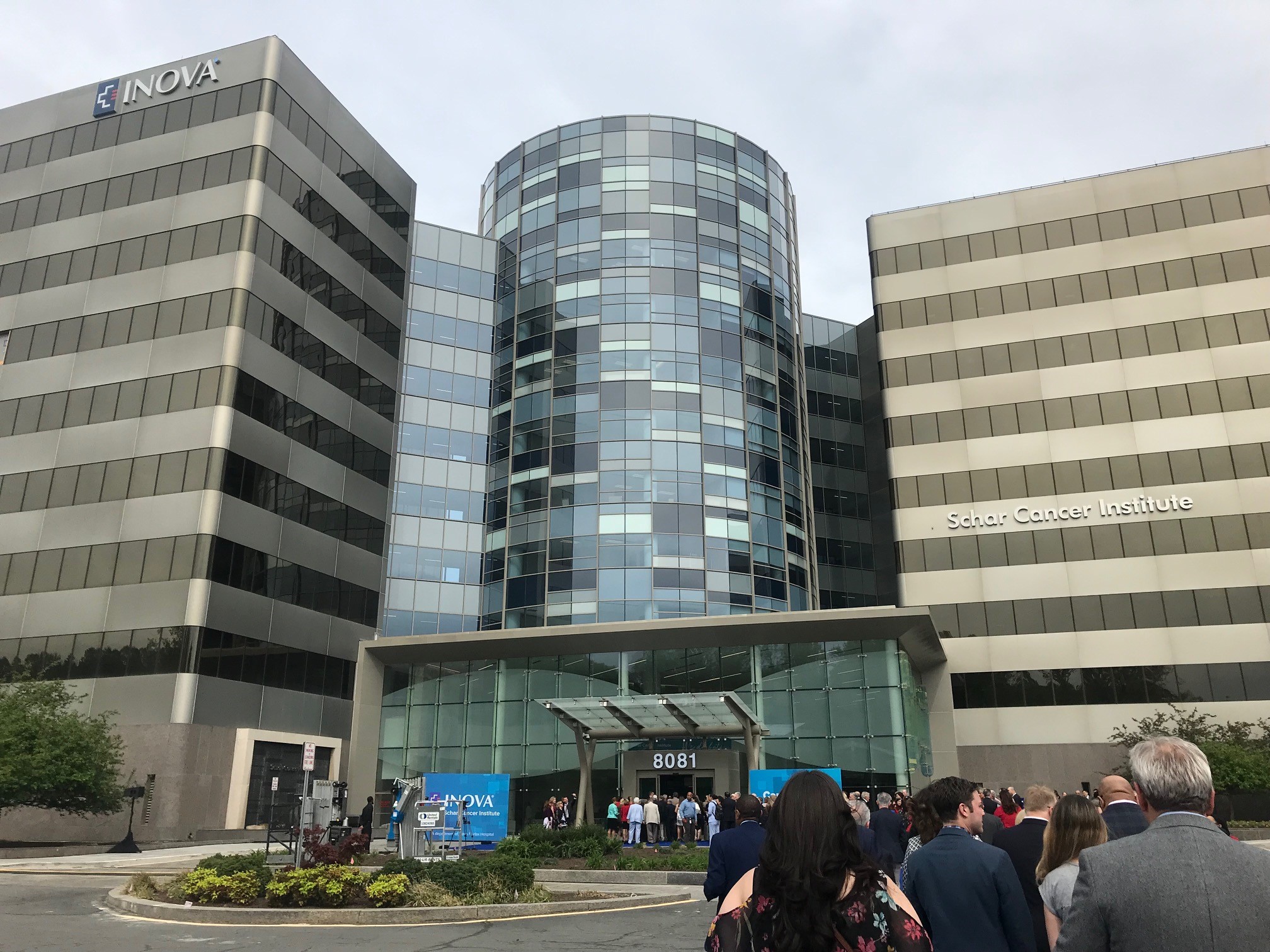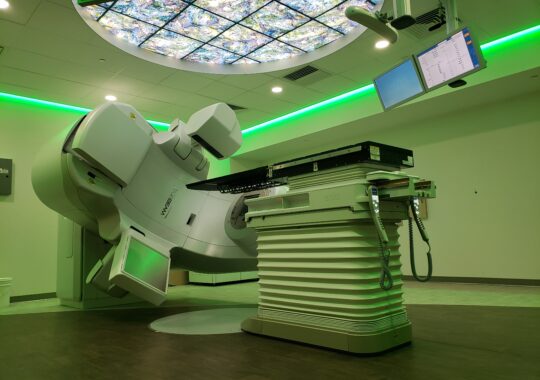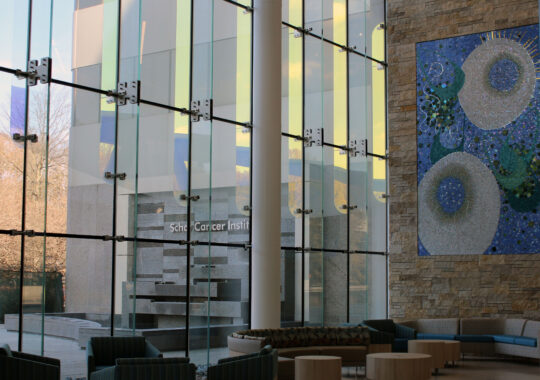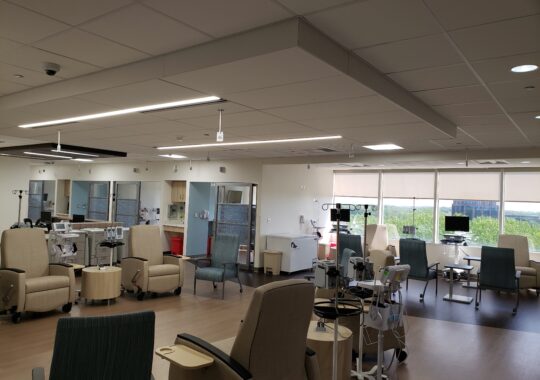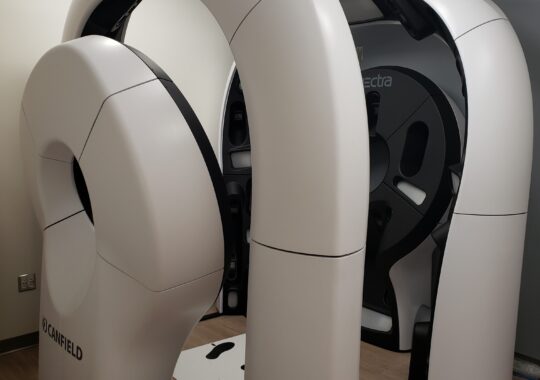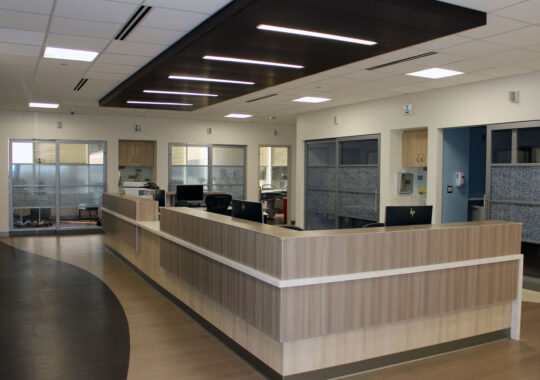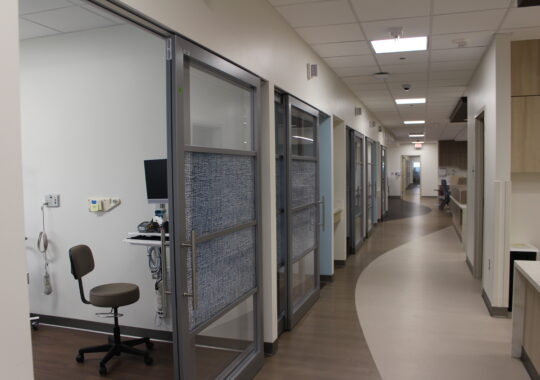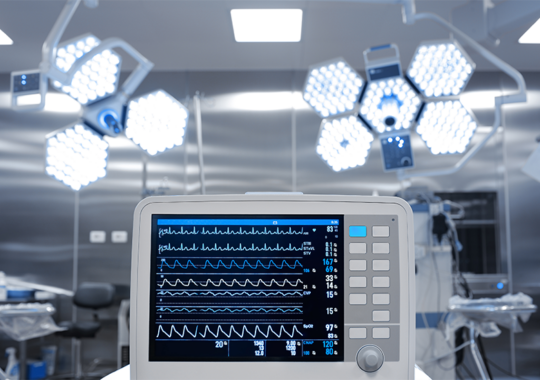Healthcare Information Technology, Surgical Integration, and More: A Fireside Chat
- Feb 28, 2022

I recently sat down with SM&W’s Healthcare Information Technology (HIT) expert, Brian Moores, where we had a healthy conversation about this unique design discipline. Hear what he had to say from our fireside chat:
Q: There is information technology and medical equipment planning, and then there is healthcare information technology. Can you tell me how these scopes of service might overlap?
A: Often, when planning a health system’s medical equipment needs or designing a hospital’s infrastructure, surgical integration is often overlooked on a project’s scope and design team. While we can provide a universal information technology infrastructure for things like an integrated video system for the operating room to be put in later, planning for healthcare information technology is imperative to a project’s success. There is a huge emphasis now on data acquisition that goes beyond just the typical surgical video and still images. There is a wanted vehicle for which they can acquire this data and these systems for surgical safety, and patient safety organizations. Surgical integration video/audio is an excellent source of information because it touches multiple systems. It’s touching physiological monitoring; it’s touching the checkout list – which is the compliance and governance at the hospital. A rich amount of data can be acquired from these systems. Now, more than ever, surgical integration is a critical project piece, and it has evolved from the stage of being just a tool for recording and looking at a video post case.
Q: Speaking of video integration, what other procedural or surgical modalities can benefit from having video integration?
A: Data analytics is imperative right now. Most healthcare facilities are optimizing clinical and operational workflows through this information. For instance, one of our clients is currently looking to gauge whether or not there is a need for improvement based on their staff’s surgical skills, monitored through video. Analytics can also provide insight into staff utilization, provide ROI measurements, and reduce liability.
Q: Where do you even start planning for such a technology-rich space such as an OR?
A: It all depends on the space and who is using it. For example, we see more basic systems in ambulatory surgical centers that contain maybe one boom input plate, two wall displays, two surgical field monitors, and maybe one wall-mounted camera. These spaces are more limited, unlike those of specialty field surgical areas that have more equipment in them.
You want to plan out your cameras in the space itself from a video integration standpoint. Typically, you will need a wall camera so that the doctor can do more remote consults with the ability to store or share for teaching or aggregation. This camera will be mounted to shoot down the surgical field and see everybody on either side of the table. If it’s on a sidewall, they’re only going to see the back of the head of the attending surgeon or scrub nurse, and you will not see the entire staff. We often see surgical field displays, which are for medical-grade surgical grade devices to be connected to, and sidewall displays which are more for situational awareness and for the staff to be able to look at.
Additionally, we are starting to see more robotics and surgical navigation systems in these spaces. Surgical navigation allows surgeons to get to hard-to-reach regions where there are arterial obstructions or constraints. Systems like these all need to be plugged in and brought into the integration system to merge with other technology and be recorded and incorporated into the case history.
Wrapping your arms around what is needed and by whom is the first step to getting started. This information often comes through thorough needs analyses and user group interviews.
Q: What are some unique attributes to a hybrid operating room?
A: These multipurpose rooms are more extensive and equipped with more equipment with more capabilities than a standard operating room. Hybrid ORs need to be able to address multiple types of use cases. For example, a surgeon could see a patient who has a catheter and now needs a balloon stent into one of their arteries. During surgery, an embolism occurs. Now the surgical team has to open the patient up, and the case is an open surgical case. There is no time to move the patient to a surgical suite, and the hybrid room serves two purposes.
In hybrid spaces, the holistic view of the patient is achievable. The idea of a hybrid room is that they have way more capabilities, navigation systems, and interventional imaging systems, which makes them very expensive and very complicated spaces to design.
Q: What healthcare technologies are you excited about working with in the future?
A: We see network device interface and audio-video networking. This approach is fascinating because it’s very inexpensive and can run this agent on any computer. Whatever it is, all that is needed is a tiny piece of software, and now the user can grab that screen in real-time, in full frame rate, just as it is on the actual workstation.
There are all these systems mapping programs. These devices are on separate screens, and right now, it’s a very disorganized mix of trying to find an interface to plug everything into one place. Overall multi-window view, think we’re going to see much more of this approach in the future. Sources that will be more of a vanity initiative. It’s going to be network-based, where one can grab any of these sources anytime, in any configuration, and I don’t have a bunch of cabling. It will be much more of a network-centric approach.
Understanding healthcare technology for operating rooms is imperative and complex in today’s fast-paced design world. As operating and interventional rooms become more advanced with digital and data-driven technology, careful coordination, integration, and implementation planning is essential. Having a focused team of healthcare information technology design consultants can differentiate between a successful project and a project plagued with change orders and redesign processes.

